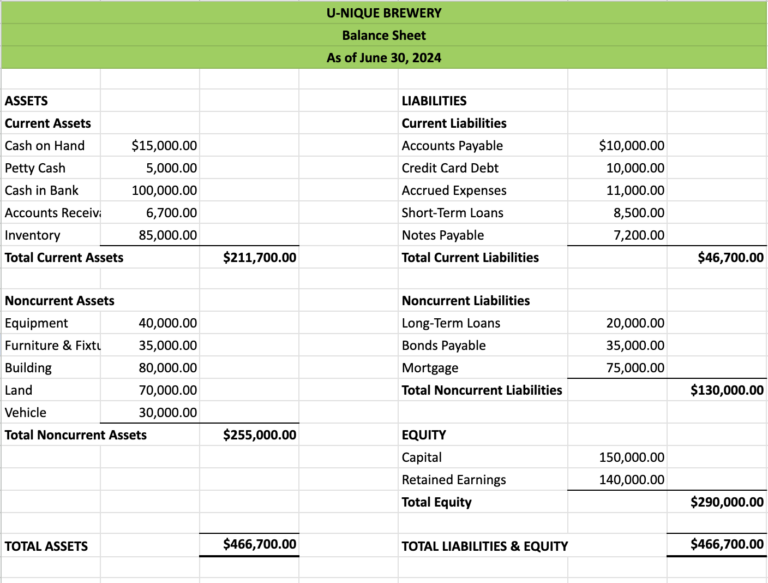Your Financial Checklist for Opening a Restaurant

Here is your 5-minute financial checklist for opening a restaurant: from financing, to menu testing, to hiring your employees.
- Create a Business Plan
- Secure Capital & Financing
- Choose a Location
- Restaurants & Permits
- Buy Equipment & Technology
- Test Your Menu
- Hire Your Staff
- Set Your Pricing
- Get Your Finances in Order
- Advertise & Open!
As dedicated restaurant accountants, we’ve worked with restaurant owners in every phase of business. Some come to us after buying a losing business, while others have asked us to help after running for 50 years.
For the sake of this blog, we’re going to assume that you’ve got your branding & food ideas down pat. After all, we’re accountants and there’s not much we can offer you in terms of advice in these areas.
From business planning to financing, here is our checklist of a few financial things to consider when opening up your restaurant:
#1 Create a Business Plan
Like any business, you’re going to need a solid business plan. This step may be a stumbling block if you’re unfamiliar with business plans, but luckily there are a lot of free resources available online. Here’s a detailed restaurant business plan that you can study. The purpose of a business plan is to help you flesh out the nitty-gritty details of the business (who’s running it, your forecasted sales, forecasted expenses, etc.) and summarize your plans to potential investors or banks. When you reach out for restaurant loans, the restaurant business plan will serve as “proof’ that your business is going to be successful.
#2 Secure Restaurant Financing
We wrote a comprehensive blog post about restaurant financing that we recommend checking out. Financing is going to look different depending on whether you buy an existing restaurant or start from scratch. When buying an existing restaurant, the bank/SBA will typically loan you 80% or less of the purchase price, meaning you will need to have cash or a seller loan (from the people selling the business). When it comes to funding the opening of a brand-new restaurant, many restaurant owners choose to self-fund. This is simply due to the fact that a bank is not likely to give you a loan for an unproven restaurant or business model. For an in-depth review of your options, check out our blog post here.
#3 Choose a Good Location
Location, location, location. One red flag we see when buying an existing restaurant is disregarding the reasons why a previous restaurant failed. It’s easy to convince yourself that things are going to be different with your restaurant. But we encourage you to step back before you buy and look at all scenarios through an unbiased lens.
Yes, the location’s rent is more affordable and you probably don’t need to invest as much in your build-out as you would in a different location, but… sometimes a bad location is simply a bad location.
#4 Restaurants & Permits
Opening a restaurant requires paperwork, patience, and various licenses and permits. The types and costs of these documents differ based on your restaurant concept and location. Some, like business licenses, are universal, while others depend on your specific concept. You’ll typically need permits like an Employee Identification Number (EIN), Certificate of Occupancy, Sign Permit, and Food Service License. Keep in mind that obtaining permits can be time-consuming, so it’s wise to begin the process early if you’re committed to opening a restaurant.
#5 Invest in Equipment & Technology
Unfortunately, equipment is expensive, and opening a restaurant from scratch means you’ll need to fund all of it yourself from the very beginning. The good news is that the bank/SBA should give you a loan since the equipment has collateral value to the bank.
You will also need a host of systems to help you run your business operations and finances efficiently.
Here is a quick list of systems to think about:
- POS system
- Kitchen Display Screens
- Online Ordering System
- Inventory Management Software
- Accounting software (Use Xero!)
- Scheduling & Team Software
#6 Test Your Menu
Now, for the fun part! It’s time to develop, and test your menu. When it comes to recipe development, we urge you to get creative. How can you differentiate from the competition? What “special sauce” can you add? What garnishes will you use? How long does it take to cook each dish? Recipe testing can become expensive—especially when you haven’t opened the doors yet. Make sure you read our other blog “My Favorite Restaurant Tax Write-Offs” to see how to handle these pre-opening costs.
#7 Price Your Food & Drinks
Next, you’ll need to price your menu. This is where the cost of goods sold, food cost, sales forecasting, inventory, profit margins, and other restaurant metrics come into play. As accountants, we have a few tips for restaurant pricing which we’ve written about here. The best tip? Go check out what your competitors are doing. Going forward, you’ll want to make sure you’re using good inventory software like MarginEdge to track the true profit margin of each dish.
#8 Hire Your Staff
When it comes to hiring staff, there are a few ways to go about it. Hiring temp or “temp-to-hire” staff is quite popular in the restaurant industry, and can help save on costs like payroll tax and employee benefits. However, it’s important to keep in mind that there are consequences that come with hiring the “wrong” type of worker in the restaurant industry (or any industry for that matter). Making the wrong choice, i.e. misclassifying your workers as contractors when they really should be employees, can lead to tens of thousands of dollars in fines. You can read more about the complexities here.
#9 Get Your Finances in Order
Last but not least, we recommend seeking out a partner who can help get your financial house in order. You’ll need help with budgeting, cash flow, forecasting, general reporting & cost tracking, and tax. As a restaurant business, you’re entitled to tens of thousands of dollars back in tax from industry tax credits such as the FICA Tip Credit, The R&D Tax Credit, and other restaurant tax credits. In an industry with slim margins, a financial partner and/or accountant is integral to your success. If you’re looking for a specialized restaurant accountant, we can help.
#10 Advertise & Open!
In today’s competitive environment, you will need to make sure you have a good website, accounts with Yelp, TripAdvisor, Google My Business, OpenTable and others, social media presence on Facebook, Instagram and TikTok.
Then all you need to do is have a soft opening to test out your operations, followed up with a Grand Opening!
Okay—we know. Opening a restaurant isn’t quite that easy. But using this list is a good starting point to make sure your new restaurant sets off on the right foot. If you need help with any of the financial stages such as financing, purchasing, budgeting, accounting, or tax, feel free to reach out. You can schedule a quick call with one of our accountants using the calendar down below.
We’re always here to help!
In the meantime, check out our blog post on 4 Red Flags We See When Buying a Restaurant. We think you’ll find it helpful!



